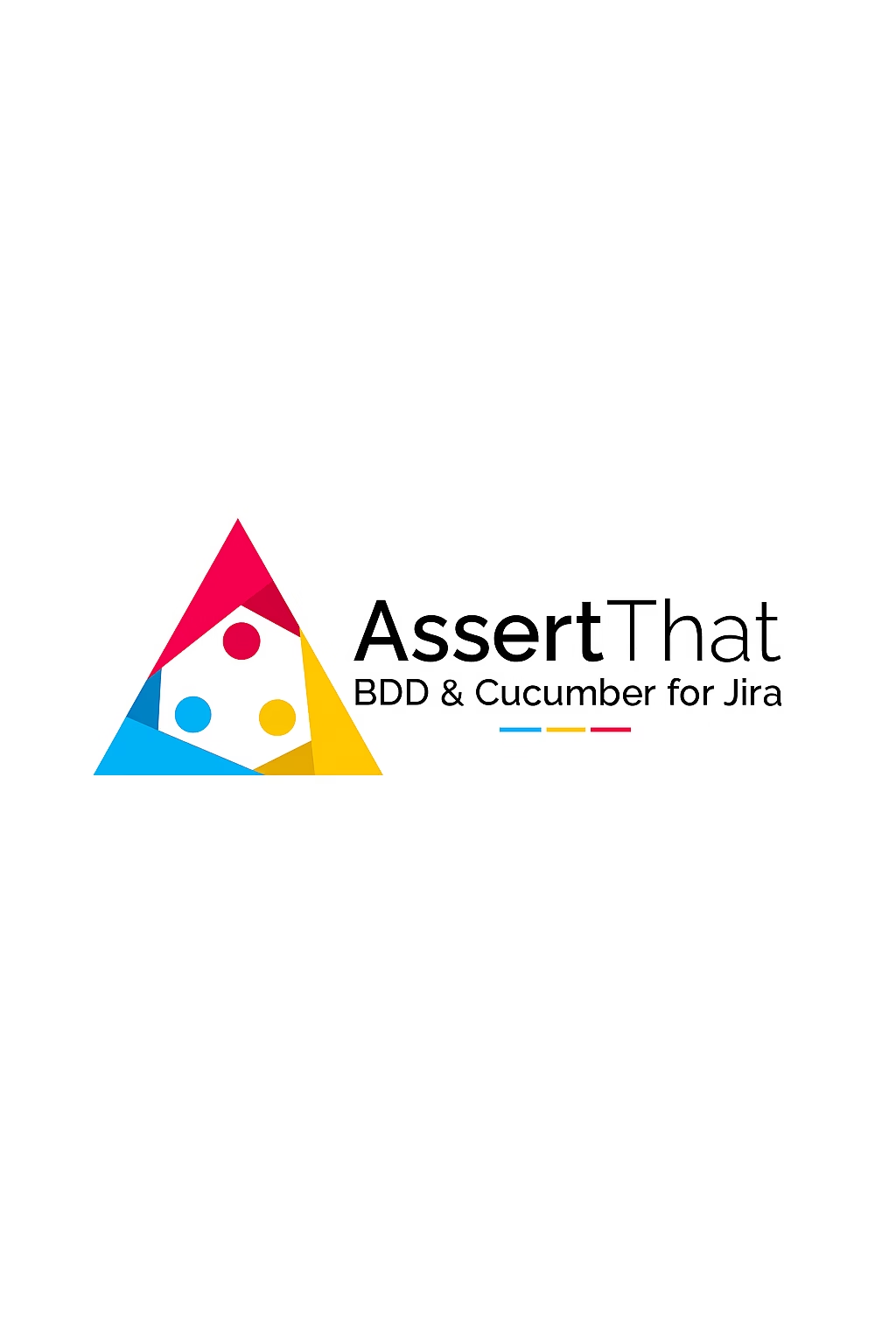Introduction: The principles of Behaviour-Driven Development (BDD)
In agile software development, Behaviour-Driven Development (BDD) is recognized for its focus on bridging communication gaps between developers, testers, and key stakeholders/Product Owners. It prioritises understanding the behaviour of software, to fully understand the features from the viewpoint of the end-user. By integrating BDD into your development processes, teams can ensure that the developed software aligns closely with business objectives and user needs.
Understanding the Stages of BDD
BDD follows a series of distinct stages, each designed to facilitate collaboration and enhance the software development lifecycle.
1. Discovery: Bridging Gaps with Collaboration
The Discovery phase is all about collaboration. Teams come together to identify and understand the desired outcomes. Through brainstorming sessions, often involving the ‘Three Amigos’—business analysts, developers, testers and key stakeholders — teams create user stories that serve as a foundation for development. This stage ensures that all stakeholders have a shared understanding of the task at hand.
2. Formulation: Defining Scenarios or Examples
Once user stories are identified, the Formulation stage involves converting these narratives into executable specifications. This is where scenarios and acceptance criteria are written, typically in Gherkin language, which is understood by all stakeholders. This process helps in defining clear and requirements for development and testing.
3. Automation: The Integration of Scenarios into the Development Process
Automation is a critical stage where the previously defined scenarios are automated using a tool like Cucumber. This integration facilitates continuous testing and validation of the software against the expected behaviours defined in the Formulation stage. It ensures that any new code changes do not break existing functionality.
4. Validation: Ensuring Alignment with Expected Behaviour
During Validation, the team assesses the software’s behaviour against the defined scenarios to ensure it behaves as expected. This stage involves continuous testing and can identify any discrepancies between the developed software and its intended functionality, so that any deviations can be refactored.
5. Refinement: Iterative Improvement
Refinement is the ongoing process of enhancing and modifying scenarios based on feedback and test results. This stage ensures that the software evolves in alignment with user needs and business goals, maintaining its relevance and effectiveness.

Conclusion: Leveraging AssertThat and Cucumber for Comprehensive BDD Testing
Cucumber is a widely used tool for BDD testing, renowned for its capability to automate scenarios written in Gherkin. However, its focus is primarily on behaviour specifications, leaving a gap in managing the end to end testing process and ensuring BDD scenarios are easily accessible for the entire team. This is where AssertThat steps in, offering a solution that not only supports Cucumber for BDD testing but also extends its functionalities all in one place – Jira.
AssertThat enhances Cucumber’s capabilities by providing a centralized platform for managing BDD scenarios, integration with test automation frameworks, and generating insightful reports. This integration ensures that teams can maintain a holistic view of the development lifecycle, from scenario formulation to automated testing and reporting, all within the familiar confines of Jira.
By combining the strengths of Cucumber with the comprehensive testing platform of AssertThat, teams can achieve a more robust and efficient BDD process. This approach not only facilitates better communication and collaboration among stakeholders but also enhances the quality and productivity of software development efforts.
In conclusion, while Cucumber lays the foundation for BDD testing, AssertThat complements and expands upon this foundation, offering teams a comprehensive solution for managing their BDD lifecycle within Jira. Together, they empower teams to deliver software that truly meets the expectations and needs of its users.

